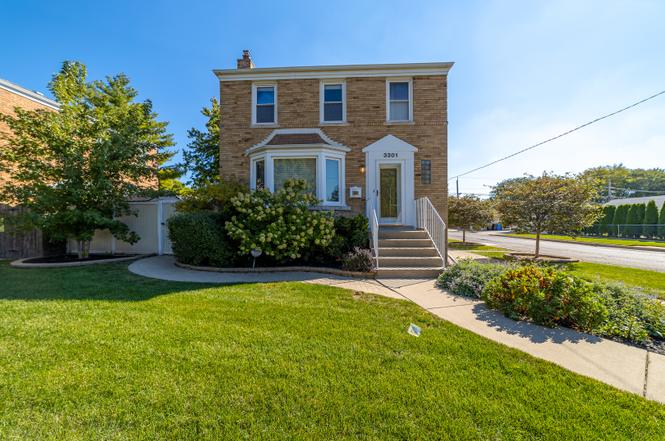Table of Content
- Prerequisites for residents
- Let our care assessment guide you
- Grace Matelich is Growth Operations Manager at Seniorly and holds an MA in Gerontology from USC
- How do I learn more about senior living options?
- Rural and mobile care services
- Here are the key differences between the two types of facilities for seniors:
Seniors who need daily medical care beyond medication management may not be good candidates for these residential care homes. However, in most cases, the staff at a board and care home will be happy to drive residents to doctors' or therapy appointments. Making decisions for loved ones, a spouse, or even for yourself for long-term care can be a frustrating situation.
Board and care homes have a much smaller number of residents than assisted living communities. Board and care homes are houses with private or shared bedrooms and in many cases, shared bathrooms. One crucial requirement is that the resident must be ambulant, or at least able to move around independently. While walking around may be a prerequisite, most board and care facilities will usually accept those using wheelchairs and walkers, too. As these homes do not provide medical care, it may not be ideal for people requiring 24-hour attention from health-care providers.
Prerequisites for residents
Some offer more medical care than those that are much like an apartment complex. Board and care facilities provide an assisted living community that tends to be a bit smaller and more intimate. Typically housing only six residents in a residential setting and neighborhood.
There is a lot of variety so upfront research is important, but can be very rewarding when you find the best fit for you. They range significantly in terms of how readily available they are. However, your local doctor or a local senior facility can help you to find the right type of assisted living center for your needs. He or she may be able to help you to find affordable solutions for assisted living that meets the qualifications for care.
Let our care assessment guide you
But he says he’d like to see new models, ones that prioritize programming and independence for the residents, while also addressing the squalor and neglect endemic in many facilities. Regulators are sometimes lenient, she said, because they don’t want to lose more beds. They know that as licensed homes close, unlicensed ones proliferate—with no oversight whatsoever. Larry Mateo, 59, once operated five board-and-care homes in San Francisco.

They may have events and activities that involve residents from multiple houses. Overall they resemble the larger population of individuals living in assisted living and residential care. In 2010, residents of assisted living and residential care were mostly female (70%) and age 85 or older (54%).
Grace Matelich is Growth Operations Manager at Seniorly and holds an MA in Gerontology from USC
In most cases, board and care will be less expensive than assisted living. Most seniors say that they want to age at home, but that might not be possible or the safest. What initially seemed manageable becomes more difficult as care needs increase or family caregivers can no longer provide assistance.

It’s ideal for seniors who need help with some activities of daily living but are interested in leading a social, active lifestyle. This has the double advantage of employees returning to their own homes at the end of a shift to recharge and for the homes to be staffed with caregivers who remain awake overnight. Umana and Roman are proud of the low staff turnover and high level of care and enjoy providing welcoming, safe and comfortable environments to Long Beach residents.
Seniors have many choices when looking at senior living options. There are many questions to be answered and many options to choose from. Take a look at some of the different residences to understand which option is best for you or your loved one.

However, many are known to welcome residents who all have something in common, like a shared passion for an activity or culture. However, this number is still an accurate representation of assisted living costs. This is because the two care types have roughly the same average price, while board and care homes have a wider range of costs.
Many board and care homes are in residential neighborhoods. Typically, the staff helps with the storage and dispensing of medication, though in some states, the non-certified staff is only allowed to give residents reminders to take their medications. Compounding the lack of options are changes in the workforce and other factors that have seen fewer people looking to work in the child care industry. The Hospice Room and Board rate for services provided within a SNF will remain at 100% of the applicable SNF rate of the facility where the Medicaid beneficiary resides effective through March 2023. Transportation to and from appointments are often provided.

And seniors who are outgoing and socially inclined may feel constricted in the small, intimate community of a board and care home. Medication management is a large component of the services board and care facilities offer. Most locations will be able to provide help planning medication.

No comments:
Post a Comment